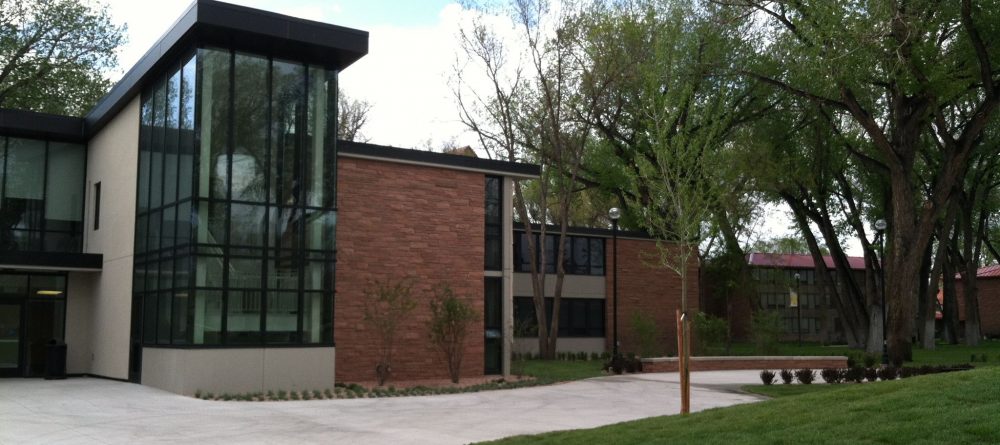This past summer, three faculty members from the Music Department participated in the Unidos Equity Leadership Retreat, with three other members having attended previous retreats. A major question that has arisen is, how do we best serve the mission of this university, and our students as we prepare them for meaningful careers in the 21st century?
ETHOS is a Greek word, meaning “character” that is used to describe the guiding beliefs or ideals that characterize a community, nation or ideology. The Greeks also used this word to refer to the power of music to influence its listener’s emotions, behaviors, and even morals. Music has always been a reflection of society and culture, both the positive and negative aspects. It may reflect the biases or norms of certain groups, or be a call for action against social injustices perpetrated by others.
For the faculty and students of the Music Department at Adams State University, ETHOS stands for an overarching, multi-year program we are implementing this year, addressing equity and diversity issues in the programming of our music ensembles and the development of new curricula.
There will be ensemble concerts, faculty recitals and guest artist appearances, which will be designated as part of the ETHOS program. For example, a faculty voice recital, titled “Out of the Closet and on to the Stage,” featuring composers from the LGBT+ community, a faculty flute recital celebrating the works of women composers, and a visiting brass quintet that will be performing works by Hispanic composers.
This programming will be an opportunity to explore music of different cultures, that which is a product of varying social groups, and addressing issues of diversity and equity. ETHOS will also encourage cross-discipline relationships by including other disciplines such as art, literature, history or theatre. In addition, these concerts will allow the open discussion of issues in the classroom and throughout the university and local community, educational outreach, and fundraising concerts to benefit organizations that are working towards equity for underserved populations.
By implementing this new philosophy in our music program, we are supporting Adams State University’s mission to include all who choose to serve diverse, historically underserved groups, and who value quality education and inclusivity.
This new initiative will be highlighted at the state level on January 26, 2017, when the Adams State Winds and Percussion will perform at the Colorado Music Educators Association (CMEA) conference. This program will consist of works written specifically for this ensemble that reflect the heritage, culture and geography of the San Luis Valley. Composers include internationally-known band composer, Jack Stamp, Jennifer Bellor, and David Pierce. In addition, there will be a composition written by a former ASU music composition graduate and San Luis Valley native, Chelsea Oden, and a fanfare that will be composed by one of our current students.
Fees for commissioning these CMEA works are substantial, and we would like to encourage anyone who is interested in supporting this, or future efforts, to contact the music department at (719) 587-7621 or brobison@adams.edu if you would like to donate and be a part of this initiative or one of our Friends of Music. Find out how you can be involved!
“Music expresses that which cannot be put into words and that which cannot remain silent.”
~Victor Hugo
(Written by Dr. Beth Robison)
